Old Glass Brick Insulation Value
My business partners and I are looking at a building constructed in the 30s for rehabbing into a commercial space. It was originally an art deco design, though most of that has been removed or covered but some exterior walls are original glass brick. We like the glass brick for the retro look it has with some of the internal retro elements but I’m afraid it’s going to take a lot to heat and cool a space with a 100 ft long, floor to ceiling glass wall. I’d like to have hard numbers about its insulation properties relative to insulated walls and/or modern windows. Anybody help me out here?
GBA Detail Library
A collection of one thousand construction details organized by climate and house part



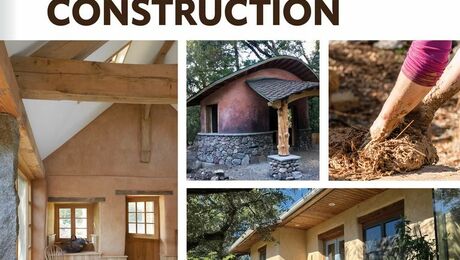
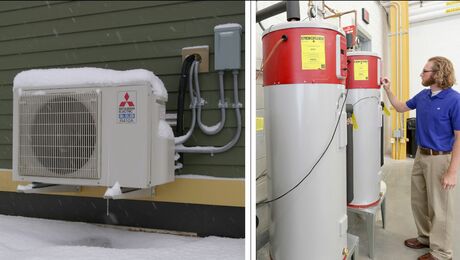
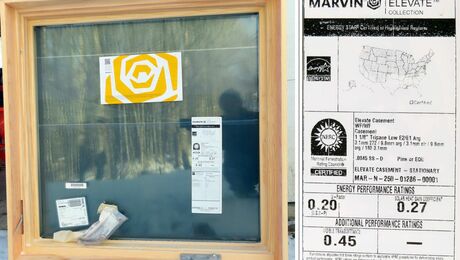
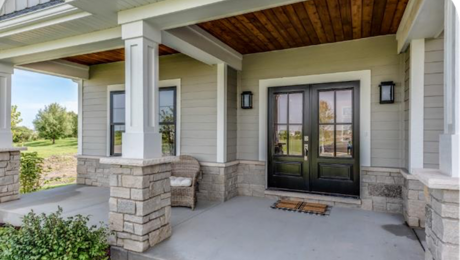
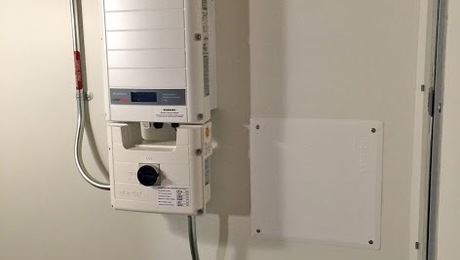

Replies
jabraben,
just googling "rvalue of glass block windows" confirmed my first thought that at best, it's about R-2. Depending on your climate zone and sun load this could be a make or break value. IF it is about 30F outside and 70F inside the delta T is 40F. For a guessed 1000 sq. ft. of block that is about 20,000 btu/hr. The trick will be making life inside the block wall tolerable if the sun is fully on the wall. The load could be as much as 15,000 btu/hr.
Insulating a 100' long glass wall might be achieved by placing a curtain wall of insulated glass units on the exterior side of the block. Lots of issues both engineering and aesthetic. Your energy losses for all other walls and roof surface will likely be easier to moderate than the block wall provided modern methods can be applied without degrading the retro feel of the space.
I think that a greater concern for weighing the building's value would be the mechanical components and if asbestos or lead paint is present. All three could prove crushing expenses before you even get to addressing heating issues. Depending on the nature of your commercial endeavor, the best case - worst case scenarios will vary wildly. Your business plans and partners should have a very large buffer of cash for unexpected surprises as you get into the details of meeting code requirements that will all be well beyond residential requirements.
Beyond that, do consider that most businesses fail within a year or so. If you are planning to sublet space to multiple tenants beware their failures will put you at risk too.
onslow,
18.4% of businesses fail within a year. Getting to "most" (53.6%) takes six years.
I would say R-2 is pretty optimistic. I also found references to glass block being R0.5 per inch, but I doubt that accounts for the mortar in between each block on all four sides. That's a thermal bridge of about R0.7 accounting for a pretty sizeable proportion of the wall.
Is it glass block or glass brick? Block has an air space in the middle, brick is solid. Glass brick is even worse than block, it's about 0.14 per inch so a 3" thick brick is R-0.42.
Block.
So, optimistically R-2 but probably R-0.5, or similar to single pane glass as an insulator? Oof.
By the way, the asbestos has already been removed and state grants will pay to rehab the building up to modern codes.